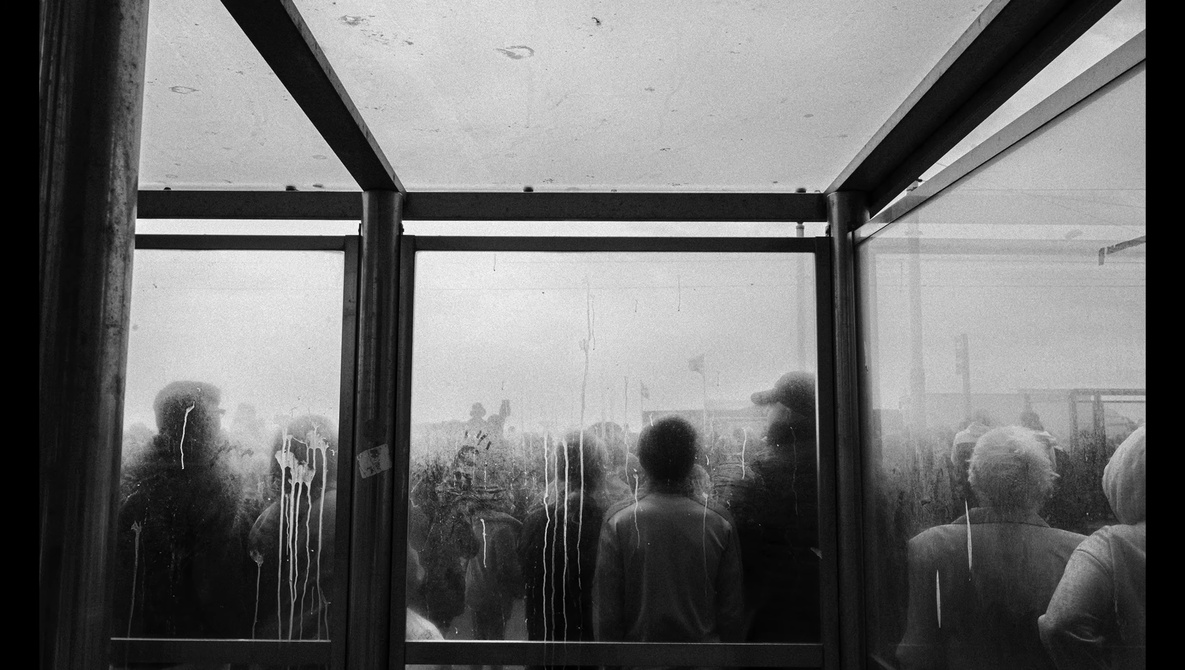In a recent video tutorial, photographers Jeff Ascough and Sarah G Ascough showcase techniques for enhancing black and white photography using Lightroom sliders. The tutorial emphasizes the importance of contrast and tonal balance, which are crucial for creating images that evoke emotion and depth.
Understanding Key Lightroom Tools
Effective black and white photography hinges on the careful manipulation of three primary tools within Lightroom: clarity, texture, and dehaze. Ascough explains how clarity enhances midtones, providing structure to details while maintaining their authenticity. Texture focuses on finer details, such as skin and fabric, ensuring that subtle elements are not lost in the editing process.
Dehaze, while useful for enhancing contrast in foggy or flat images, requires cautious application. Ascough warns that excessive use can lead to unnatural results. He illustrates this point with an example from Blackpool, where he demonstrates how slight adjustments can transform flat gray tones into images with rich layers of depth.
Beginning with a profile set for black and white conversion, Ascough highlights the importance of establishing a solid black point early in the editing process. This technique helps maintain genuine shadows and prevents a washed-out appearance. He then employs a tone curve to adjust highlights and refine exposure, paving the way for more nuanced edits.
Authenticity Over Precision
Throughout the editing process, Ascough prioritizes authenticity over precision. He likens his approach to the tactile experience of darkroom printing, favoring a handmade quality over sterile digital perfection. By selectively enhancing clarity in certain areas, he brings scenes to life, ensuring they remain textured without appearing brittle.
In contrast, pushing dehaze too far can result in harsh, unnatural effects. Ascough’s demonstration not only reveals the technical mechanics behind the sliders but also underscores how restraint and control contribute to the artistry of digital monochrome photography.
The latter part of the video features a photograph captured by Sarah Ascough at a county show, showcasing a variety of subjects competing for tonal balance. Jeff employs the same profile and reiterates the process of setting black points and toning highlights. This portion illustrates how clarity and texture can enhance details like animal fur without introducing visual artifacts.
Ascough contrasts the use of curves with sliders, noting that curves yield smoother tonal transitions, while heavy reliance on sliders can create unsightly patches. Through meticulous brushing, he achieves a balanced composition that retains the scene’s atmosphere. The application of medium grain adds a layer of texture, evoking the tactile imperfections of film photography.
This tutorial serves as a valuable guide for photographers looking to elevate their black and white imagery. It differentiates between technically correct images and those that resonate emotionally. Each step builds towards a deeper understanding of how to shape light digitally while preserving the essence of film photography. For a comprehensive overview, viewers can access the video tutorial by Ascough.
Alex Cooke, a photographer and meteorologist based in Cleveland, contributes to the discussion by sharing his insights into the artistic process. His passion for music and time with horses and rescue dogs further enriches his creative perspective.
